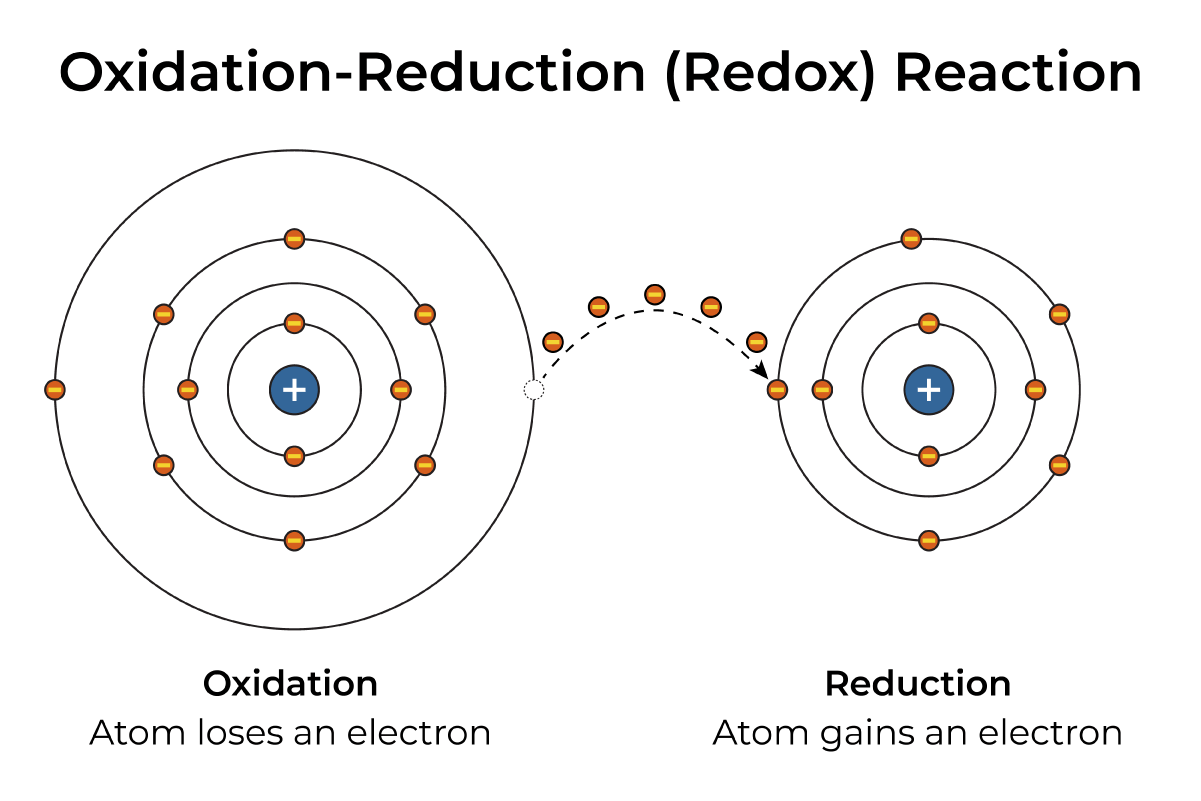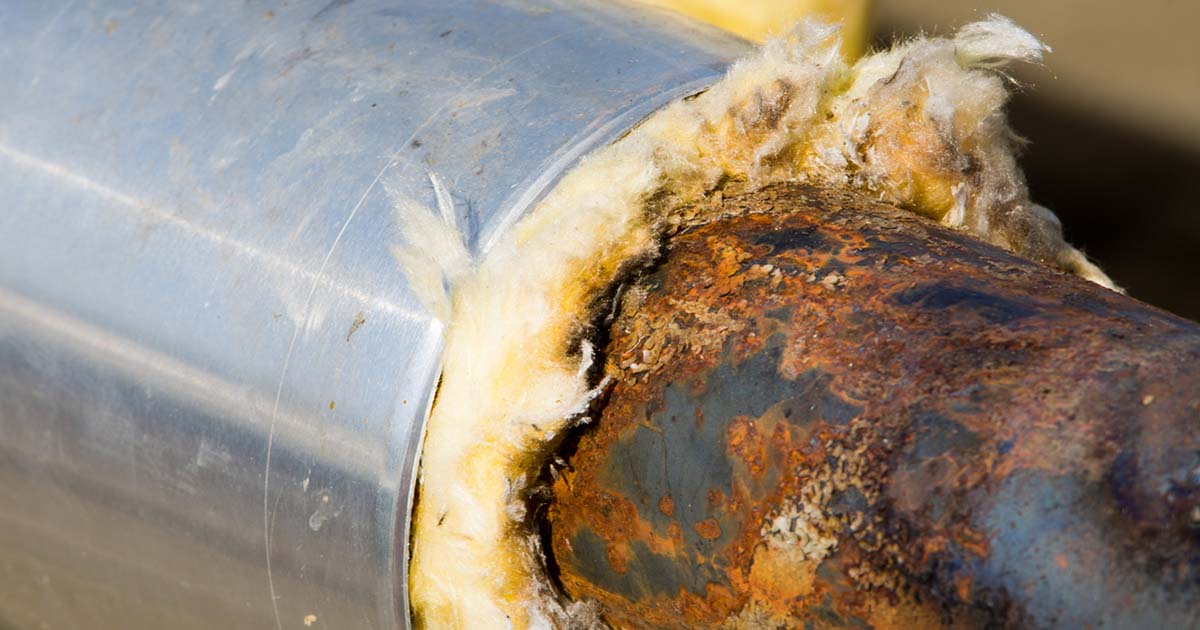Corrosion is a type of oxidation that occurs when a material loses electrons to oxygen molecules in the surrounding air or water. In the context of industrial manufacturing, this material is typically a metal such as carbon steel or stainless steel.
Corrosion under insulation (CUI) refers to oxidation on the surface of an insulated metal pipe or vessel. The insulation material traps moisture underneath it, causing the metal to be in constant contact with oxygen in the water. This constant contact exacerbates the problem by increasing the corrosion rate.
CUI is a serious and expensive challenge for many industries. It is a frequent issue within refineries, pharmaceutical, maritime/marine, offshore industries, and the petrochemical industry. It can lead to equipment failure, leaks, downtime, and even explosions. A survey conducted by the National Association of Corrosion Engineers (NACE) in 2008 found that over half of all facilities surveyed faced significant challenges with corrosion.
Preventing, detecting, and repairing CUI is time-consuming and costly. Engineers must carefully construct insulation systems to reduce the risk of CUI. Vacuum jacketed piping is a popular alternative to conventional pipe insulation for systems that have little-to-no tolerance for CUI.
Why Corrosion Happens
Moisture
Moisture exists in the air naturally in the form of water vapor. At the right temperatures and pressures, the vapor undergoes phase change and condenses into a liquid. This liquid can become trapped underneath the insulation material on the surface of the pipe. A buildup of condensation on the metal surface can initiate and increase the corrosion process.
Oxidation
Oxidation occurs when atoms on the surface of a material (usually metal) lose electrons to oxygen in the surrounding air or water. The oxygen molecules gain the electrons, forming an “oxide layer” with the metal. This thin layer can provide some degree of natural protection against further reactions, but damage has already been done. Oxidation weakens materials, making them more prone to breaks and fractures if exposed to additional stress.

Preventing Corrosion
Maintenance is essential for reducing corrosion costs and preventing long-term damage. Special consideration must be given to thermally insulated systems in environments with high humidity or risk of spills.
Preventing Moisture Ingress
Moisture trapped underneath the insulation material is a leading cause of CUI. However, preventing this moisture ingress can be very difficult. Conventional insulation materials need to be wrapped, clamped, taped, or otherwise attached to piping systems. Moisture can easily travel into tiny spaces. Sealing every section of pipe can be nearly impossible, particularly in complex piping systems.
Insulation Jackets
Insulated piping systems sometimes incorporate a protective jacket around the insulation material. This jacket adds an additional layer to help prevent moisture ingress. In less challenging conditions, PVC jackets might be sufficient. In more challenging applications, aluminum or stainless steel jacketing provides higher levels of protection.
Layering Additional Materials
Sometimes engineers will choose to incorporate additional materials in the insulated piping system. For example, wrapping aluminum foil between the pipe and the insulation material can help prevent pitting and stress corrosion cracking.
Protective Coatings
Protective coatings and weather barriers can help reduce the potential for CUI. Different coating materials have different operating requirements, so it’s important to pick the right one for your system. Make sure that your system’s peak operating temperature is not outside of the temperature range for the coating.
Inspection and Maintenance
Effective maintenance practices and inspection programs are necessary to minimize the risk of CUI developing over time. Inspection methods can vary according to system requirements, time, and budget.
Engineer It Out
The best way to address the problem of CUI is to prevent it from happening in the first place. The above methods certainly mitigate the risks of CUI, but they can still fall short.
Vacuum Insulated Piping
Advanced insulated piping systems, such as vacuum jacketed piping, provide an alternative way to reduce the risk of CUI. Instead of an insulation material, these double-walled piping systems use vacuum barriers to reduce heat transfer. The double walled pipes are hermetically sealed to maintain the integrity of the vacuum.
Instead of being wrapped with an insulation material, the exterior surface of vacuum insulated pipes can be left exposed. Without a surrounding material, there isn’t any insulation for moisture to get trapped underneath. This visibility makes inspection and maintenance much easier and efficient.

